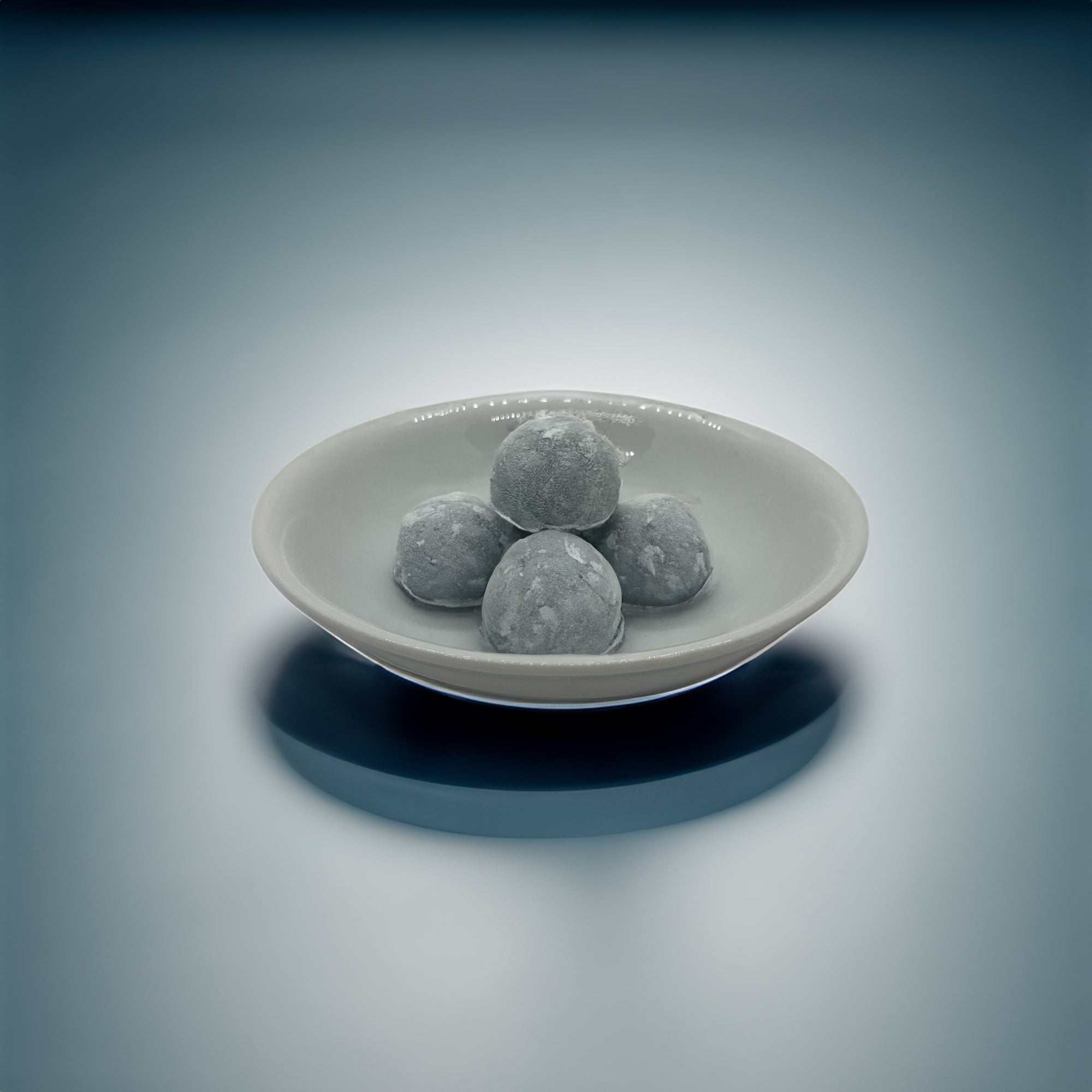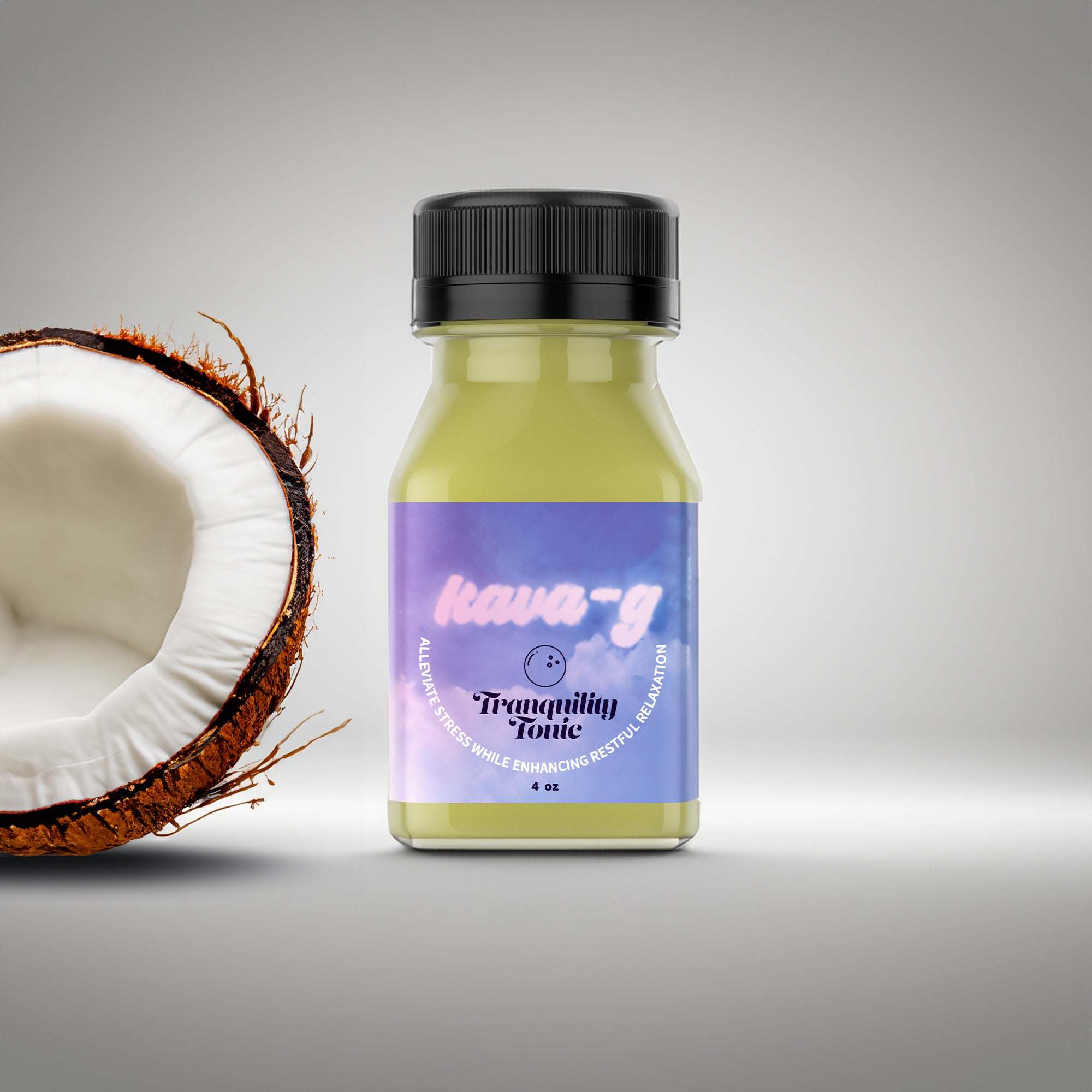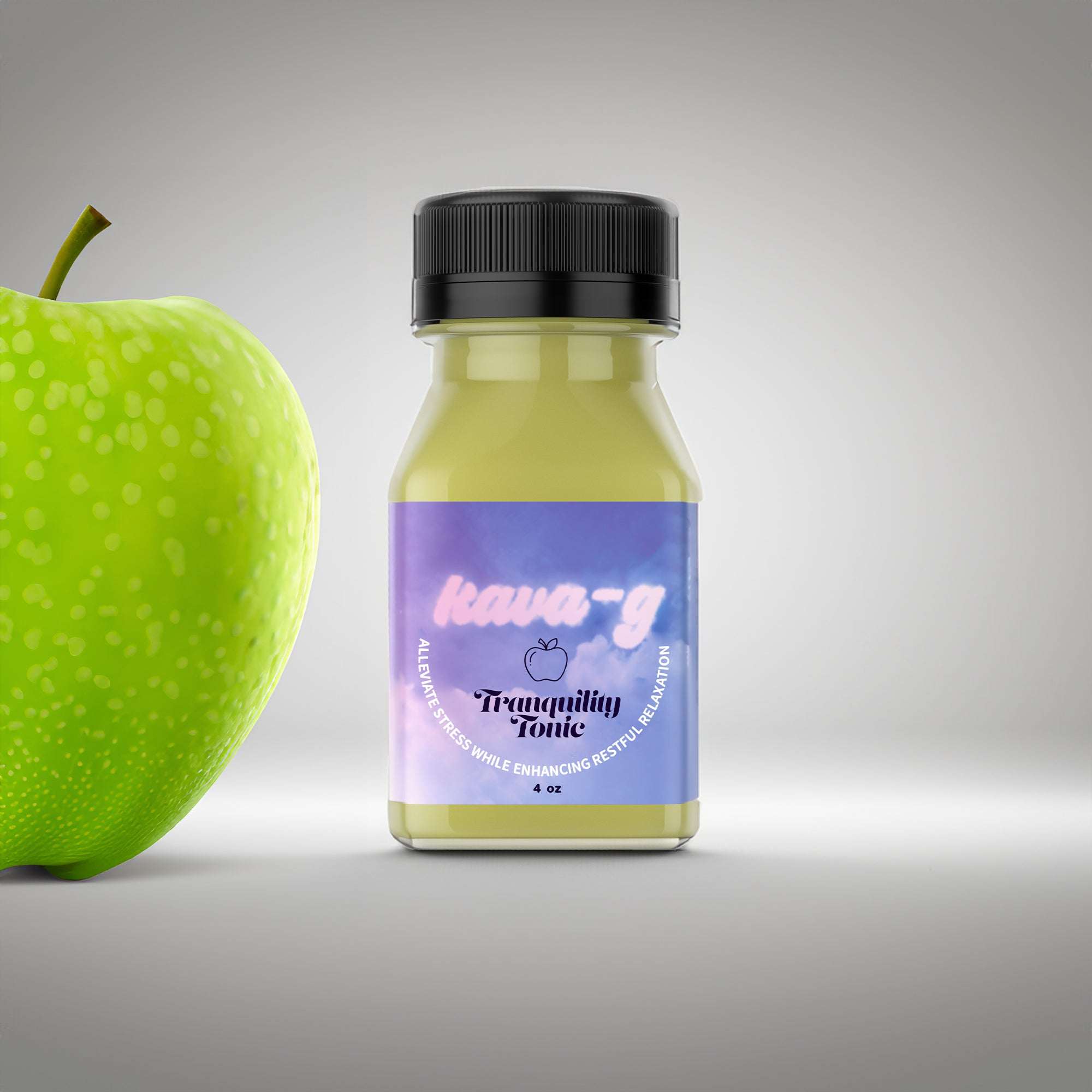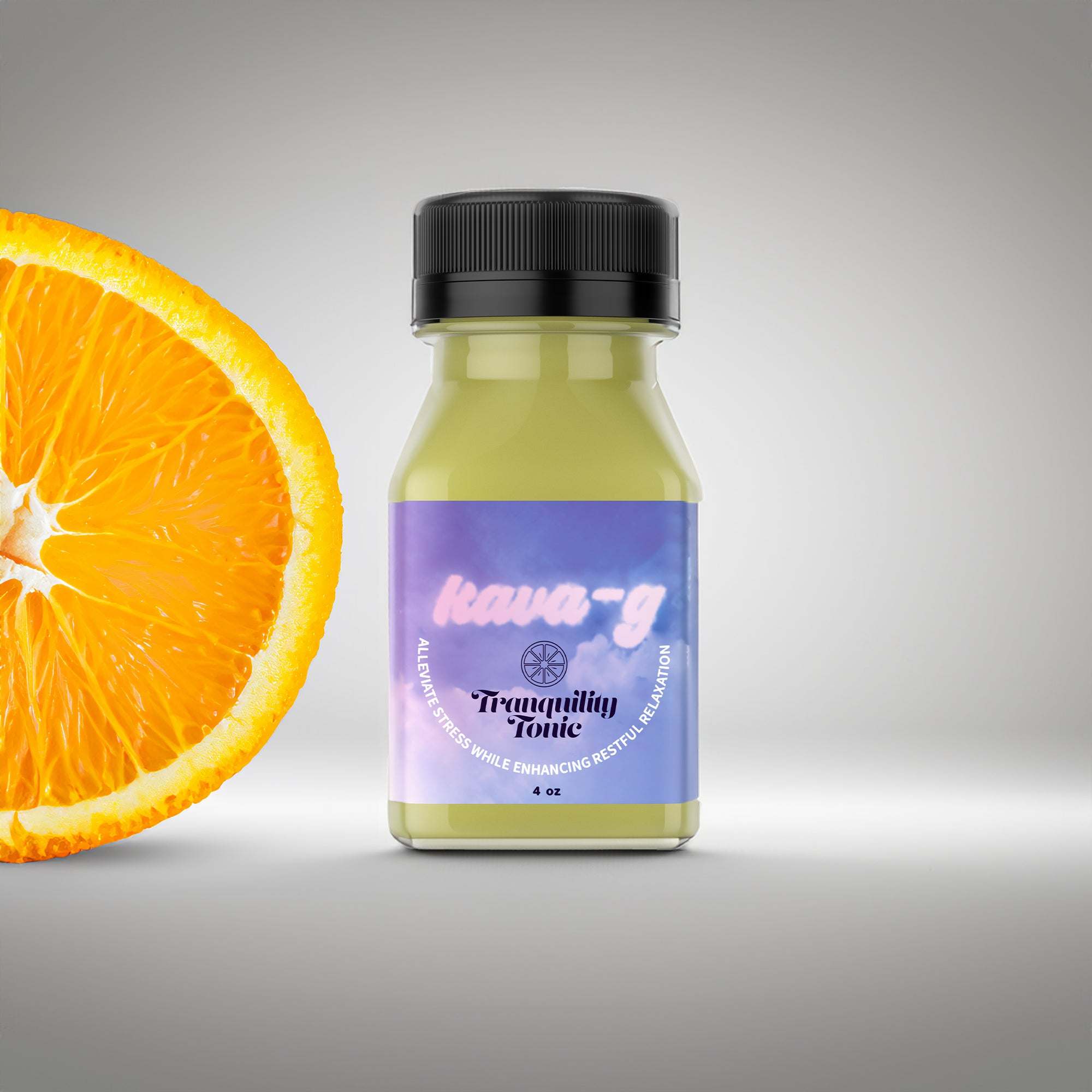

· By Shayan Alimohammadi
unraveling the communal history of kava: from ancient rituals to modern social bonds
Ancient Beginnings and Cultural Significance: Kava's historical roots extend millennia into the past, originating in the Pacific Islands, where indigenous communities were the first to cultivate and incorporate it into their cultures. Legend has it that the discovery of kava was a gift from the gods, bestowed upon humanity as a means of connecting with the divine and achieving a state of tranquility. Its cultural significance grew as kava became an integral part of religious ceremonies, social gatherings, and diplomatic exchanges between tribes.
Traditional Practices: In its early days, the preparation and consumption of kava were steeped in rituals and customs. The roots were carefully harvested, washed, and pounded into a fine powder. This powder was then mixed with water in a communal bowl, known as a tanoa, and strained through a cloth to create the final beverage. The serving of kava followed a specific protocol, with a designated person acting as the server and distributing the drink to participants in a specific order of hierarchy. The sharing of kava fostered a sense of equality and mutual respect among community members.
Social Cohesion and Connection: Kava has long been recognized as a catalyst for social bonding and community cohesion. Gathering around the kava bowl provided an opportunity for individuals to come together, share stories, discuss important matters, and strengthen social ties. In many traditional societies, the kava circle represented a safe space for open dialogue, conflict resolution, and decision-making. The beverage's calming properties were believed to promote peaceful interactions and facilitate meaningful connections among participants.
Transition to Modern Society: As Pacific Island communities adapted to modernization and globalization, the practice of kava consumption has evolved. While traditional customs and rituals still hold significance, kava has also found its place in contemporary society as a symbol of cultural identity and pride. Kava ceremonies are now often showcased to tourists, allowing outsiders to gain insight into the cultural heritage of the Pacific Islands. Moreover, kava bars and clubs have emerged in urban areas, serving as venues for socializing, networking, and fostering a sense of community among both locals and visitors.
Challenges and Preservation Efforts: Despite the enduring cultural significance of kava, the practice faces challenges in the modern world. Issues such as the over-harvesting of kava plants, restrictions on export, and the introduction of synthetic substitutes have raised concerns about sustainability and cultural authenticity. However, there are ongoing efforts to preserve and protect the communal history of kava. Organizations, cultural institutions, and local communities are working together to promote sustainable cultivation practices, educate people about the cultural importance of kava, and protect its traditional customs for future generations.
Conclusion: The communal history of kava embodies the essence of social connection, unity, and cultural identity. From its ancient roots to modern times, kava has played a vital role in the social fabric of Pacific Island communities. Through its rituals, customs, and shared experiences, kava has fostered a sense of togetherness, facilitated dialogue, and preserved cultural heritage. As we move forward, it is essential to recognize and appreciate the significance of kava in the Pacific Island communities, ensuring its preservation and sustainable practice for generations to come.









